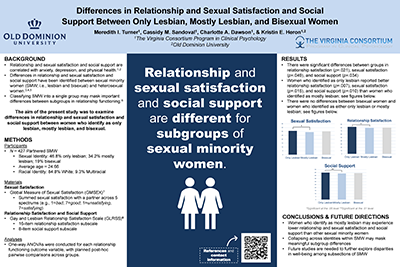ORCID
0000-0002-9751-7094 (Alijanpour), 0000-0001-9130-1172 (Russell)
College
College of Health Sciences
Department
Rehabilitation Sciences
Graduate Level
Doctoral
Graduate Program/Concentration
Kinesiology and Rehabilitation
Publication Date
2023
DOI
10.25883/avph-jz68
Abstract
A statistical method for comparing time-continuous curves, such as the kinematics of gait cycles, is statistical parametric mapping analysis (SPM) (Pataky, 2010). According to a recent study, SPM results were sensitive to how each stride's beginning was defined (Honert & Pataky, 2021). Nonetheless, for meaningful comparisons between gait cycles, temporal alignment of phases within a stride may be required (Helwig et al., 2011). With both temporally aligned and unaligned gait data, the goal was to evaluate SPM results for different walking speeds using various gait cycle definitions. Participants in this study were 10 young, healthy adults. To figure out the preferred overground speed, an instrumented mat was employed. While subjects walked at speeds of 80, 90, 100, 110, and 120% of the preferred pace, a ten-camera Vicon motion capture system, Conventional Gait Model 2.4, and Nexus 2.13 software were used to collect biomechanical data of the legs. Using customized MATLAB code, 100 gait cycles at each speed for each participant were chosen and temporally aligned to the five gait phases (loading response, mid and terminal stance, pre-swing, initial and mid swing, and terminal swing) based on kinematic events of interest. Five distinct stride definitions were used in SPM using a one-way repeated measures ANOVA, both with and without the temporal alignment of gait phases. SPM results for unaligned gait data varied between different stride definitions but were consistent for data that was temporally aligned. SPM's results for aligned data consistently demonstrate that time normalization, not stride definition, is what makes SPM sensitive. For a point-by-point comparison of gait kinematics using SPM, the phases must be time-aligned.
Keywords
Statistical parametric mapping, Temporal alignment, Gait analysis
Disciplines
Kinesiotherapy | Movement and Mind-Body Therapies | Other Rehabilitation and Therapy | Physical Therapy
Files
Download Full Text (1.1 MB)
Recommended Citation
Alijanpour, Elham; Riis, Kathryn; and Russell, Daniel M., "Analysis of Continuous Gait Data Requires Temporal Alignment of Gait Phases" (2023). College of Health Sciences Posters. 9.
https://digitalcommons.odu.edu/gradposters2023_healthsciences/9

Included in
Kinesiotherapy Commons, Movement and Mind-Body Therapies Commons, Other Rehabilitation and Therapy Commons, Physical Therapy Commons


